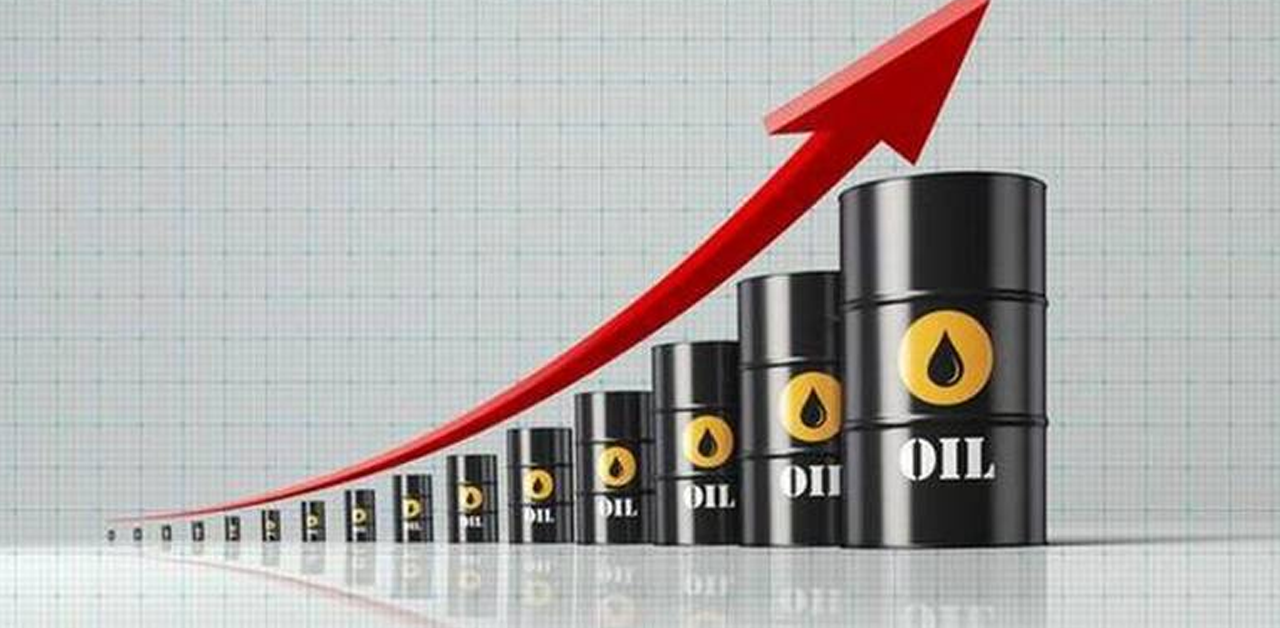West Texas Intermediate (WTI) crude oil extended its losing streak for the fourth consecutive session on Thursday, trading near $65.30 during European market hours. While recent data suggests improving demand, prices have yet to rebound significantly.
Support came from positive economic signals. The Federal Reserve’s latest Beige Book reported a slight uptick in overall business activity from late May through early June. While inflation pressures remain subdued, underlying cost concerns are emerging, and business sentiment appears cautious. Most Fed districts expect flat or marginally weaker activity ahead, with only two forecasting growth.
Meanwhile, China’s economic data offered some relief to the oil market. Although GDP growth slowed in Q2, the slowdown was milder than anticipated—helped in part by accelerated purchases ahead of expected U.S. tariffs. Moreover, China’s crude oil processing surged 8.5% year-on-year in June, indicating stronger demand from the world’s top crude importer.
Additional support for oil came from easing global trade tensions. U.S. President Donald Trump recently lifted a ban on AI chip sales to China and announced a new trade agreement with Indonesia. He also expressed optimism about reaching trade deals with India and the European Union, according to Reuters, citing John Paisie, president of Stratas Advisors.
On the supply front, data from the U.S. Energy Information Administration (EIA) revealed a sharper-than-expected drop in crude inventories, down by 3.859 million barrels for the week ending July 11, compared to forecasts of a 1.8 million barrel draw. However, the upside was capped by a larger-than-anticipated build in gasoline and diesel stocks.
Despite signs of growing demand and easing geopolitical risks, WTI remains under pressure, with market participants watching closely for further catalysts that could lift prices above the $65.50 mark.












